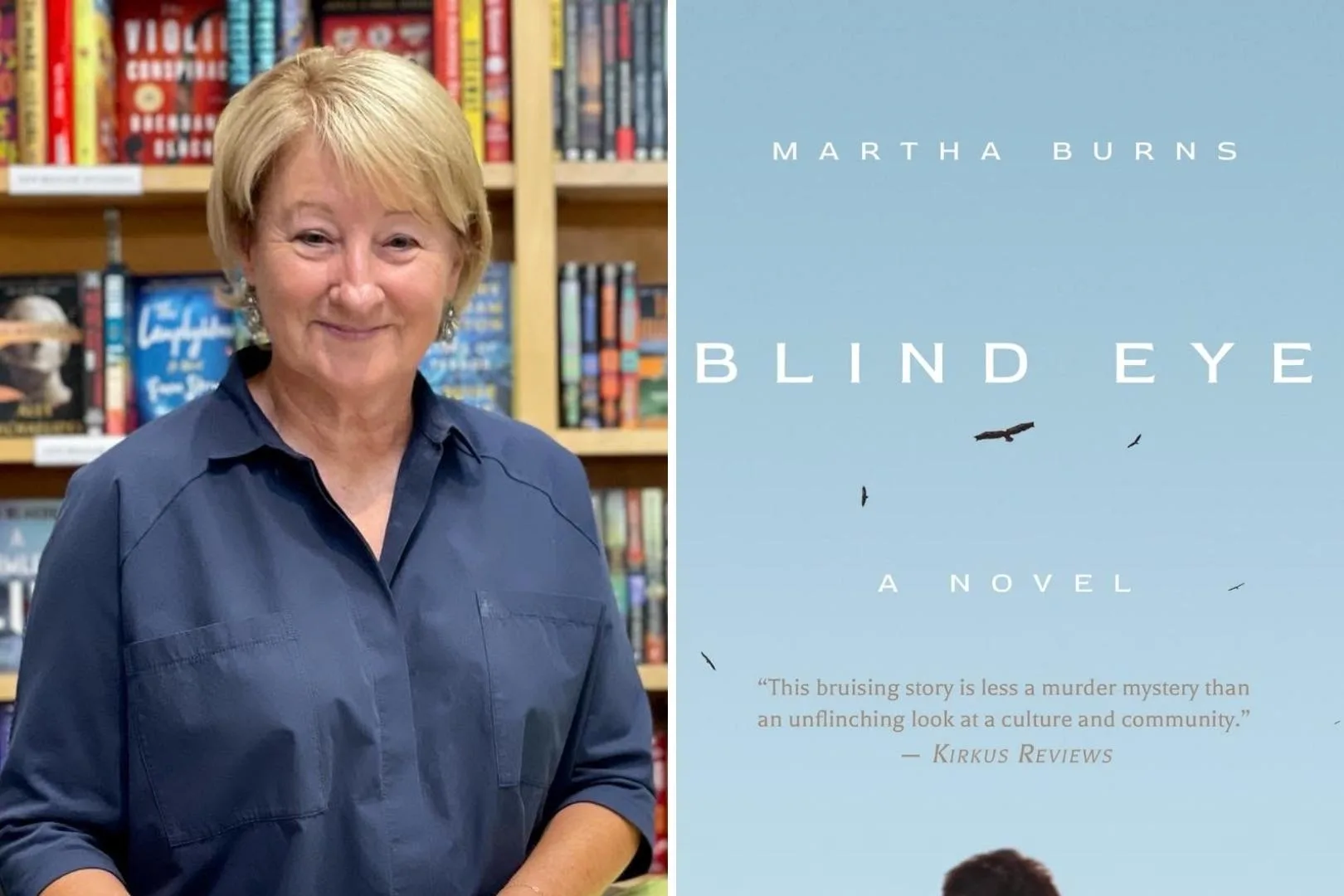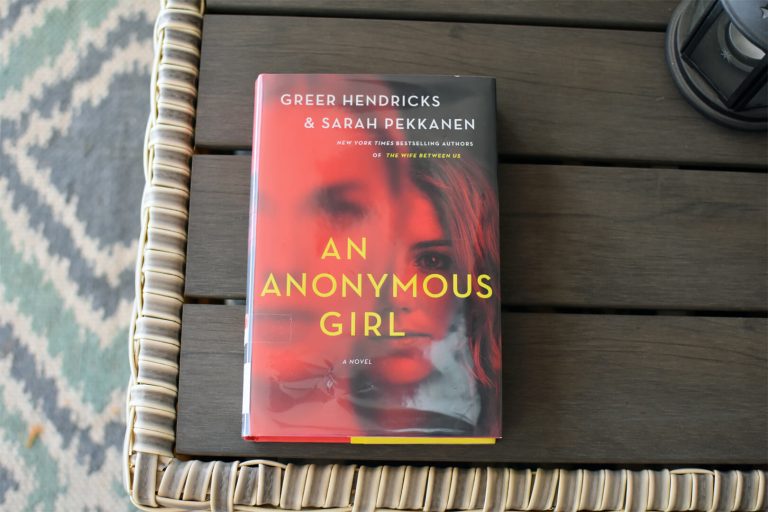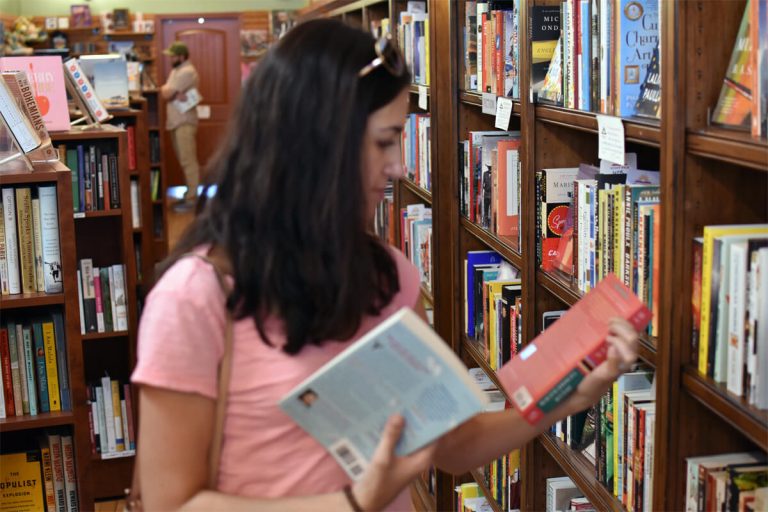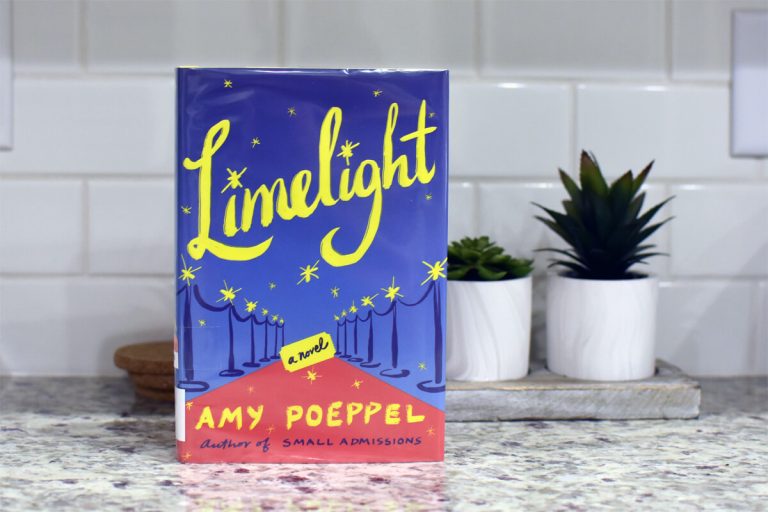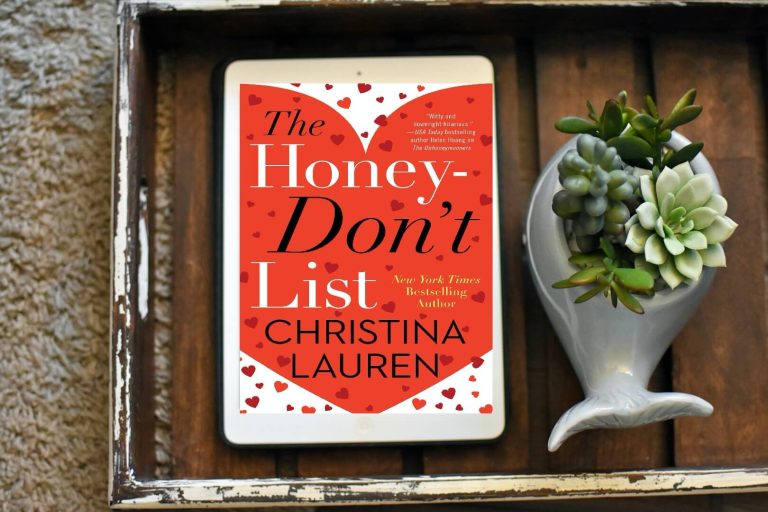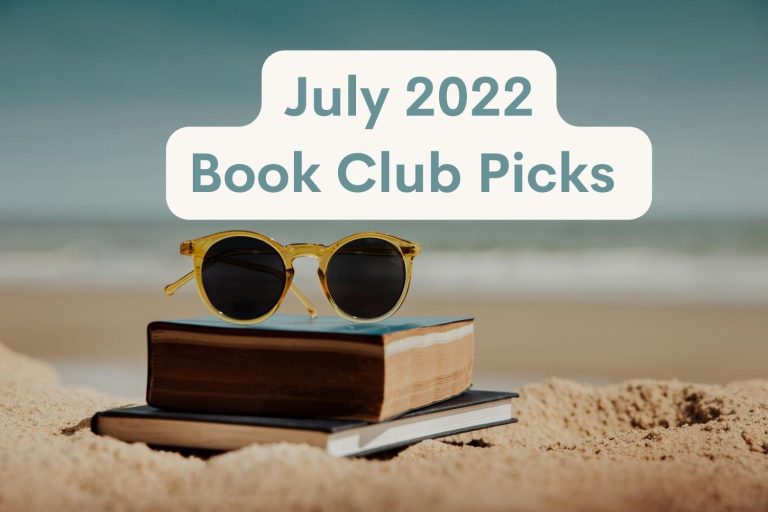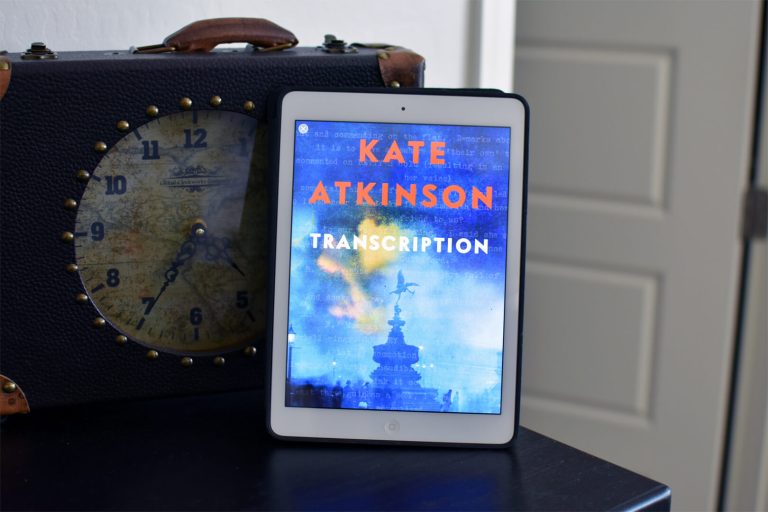Martha Burns is the author of Blind Eye, which is available now.
Martha Burns, a native of New Mexico, was always a storyteller, who embraced Albert Camus’ theory that “fiction is the lie through which we tell the truth.” She earned a Doctor of Letters with distinction from Drew University and won the Faulkner-Wisdom Gold Metal Award for Short Story. She and her husband have returned to live in New Mexico where she is at work on her next novel.
Here’s the synopsis for Blind Eye:
At the Bounty Canyon Ranch in Southeastern New Mexico, the bodies of Luke and Deona Pruitt are buried in a manure pit and their 14-year-old son Leeland Pruitt is missing.
Deputy Sheriff Greenwood is called out to investigate the missing Pruitt family and discovers the grim scene. Leeland’s brutal upbringing was an open secret overlooked by neighbors and teachers for years. The community turned a blind eye as Leeland was moved by his cruel father from one remote ranch to another. And so, Deputy Greenwood begins a twenty-four-hour hunt to find and save the boy suspected of murdering his parents.
Blind Eye is both a tragedy and a dilemma of moral conscience. In this tale of cultural complicity, the community, at best, looked the other way and, at worst, enabled abuse, leaving us all to ask, ‘What is too much to ask of a boy?’
Let’s get to know Martha as she talks favorite novels, inspiration behind Blind Eye, key takeaways and much more!
What are some of your favorite novels?
So Long, See You Tomorrow; A Gentleman in Moscow; The Goldfinch; Angle of Repose; Billy Summers; Valentine
When did you know you wanted to become an author?
Years ago I organized a reunion for my mom and her siblings at their childhood home in Brooklyn and it involved lots of research. It was a thrilling experience but when it was over I felt a sense of loss. And subconsciously I knew that if I tried to write a story about that weekend with my mom and aunts and uncle that the loss might subside and it did. After that I dove into learning the craft of writing and went to graduate school and kept writing.
What inspire you to write Blind Eye?
The story of a boy who ultimately had to save himself when no one else would is the story that would not go away.
Why was it important for this story to be told from multiple perspectives?
I had to write it in multiple perspectives because I couldn’t figure out any other way to tell it with honestly. And I think that POV has to be honest. As I kept trying to tell this story via various POV’s it grew into a story that the community told and so it had to be multiple.
What do you hope are some of the key takeaways from the novel?
Well, I don’t write to give a message or for advocacy. But if a reader felt moved by the story and especially if they felt moved to join the observers-the community — then I would be grateful for that reading.
What’s your writing process like?
My process always starts with a new spiral notebook and before that I have to have a place in mind where my story takes place. I can work for a very long time (months) with notebooks and words and observations and even diagrams. And I love craft and always turn to one or another book on craft to jump start the process. Finally a story emerges and then the structure has to be hammered out.
What are you currently reading and what’s on your TBR (to be read) list?
If I don’t have a NEXT book to read I can get edgy. I’m reading Gary Paulson’s memoir: Gone to the Woods and then I am rereading it because I won’t be able to stand finishing it. And next on my TBR list is Colson Whitehead’s The Nickel Boys. I guess I am in a period of reading about lost boys.
Click here to order Blind Eye on Amazon.
